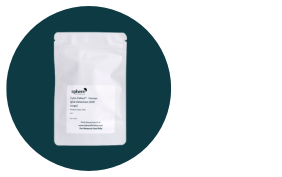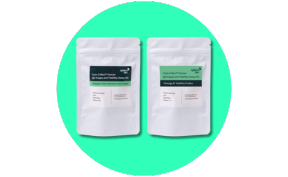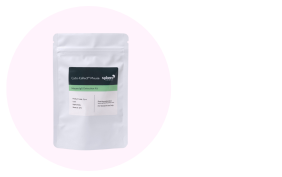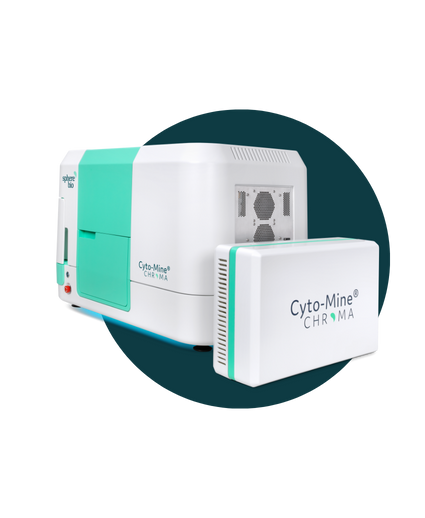Cyto-Mine® Application Note: Automated Cell Line Development Workflows
Automate Your CLD Workflows—Without Compromising Viability
Discover how Cyto-Mine® compares to traditional Limiting Dilution Cloning (LDC) and enables faster, gentler, more efficient single-cell isolation.
What happens to cells during automated cloning?
If you’ve ever worried that automation might sacrifice cell viability or performance, this application note is for you. In this deep-dive study, the Sphere Bio team put Cyto-Mine® to the test—measuring its performance at every stage of the workflow against manual Limiting Dilution Cloning (LDC).
The result? Cyto-Mine® preserves cell viability and outgrowth remarkably well, while offering major advantages in speed, scalability, and consistency.
What you'll learn inside:
How Cyto-Mine® handles:
- Sample prep
- Encapsulation
- Incubation
- Sorting
…with minimal impact on viability
Comparative data from 130+ experiments
- Cell outgrowth
- FRET signal analysis
- Sorting voltage impact
- Droplet oil biocompatibility
Real-world viability and proliferation results
- See how Cyto-Mine® performs with different incubation durations, media compositions, and stress conditions—and how it stacks up against LDC.
Why it matters:
In Cell Line Development (CLD), single-cell isolation is a critical step. But it’s also a sensitive one—any stress can impact clone stability, viability, and eventual productivity. This application note confirms that with Cyto-Mine®, you don’t have to trade performance for automation.
Download the full application note
See the data. Trust the process. And move your monoclonal workflows forward, faster.
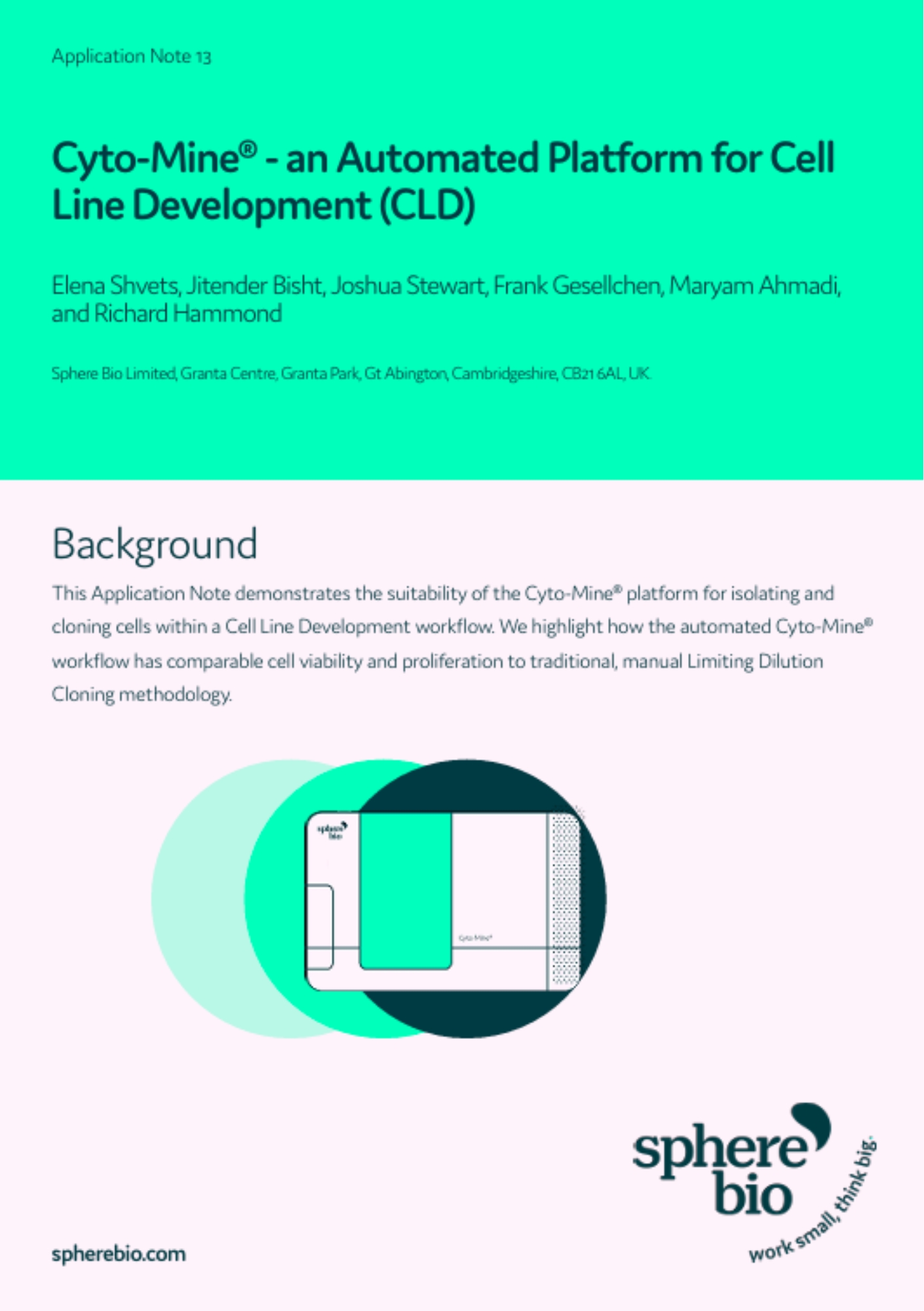
The Next Generation: Cyto-Mine® Chroma
Automate. Accelerate. Analyze millions of cells in a single day.
Think Cyto-Mine®, but supercharged, enabling multiplexing and greater assay flexibility to fit your needs. It means that you can examine vastly greater numbers of cells — and isolate the most valuable ones— with unparalleled precision.
